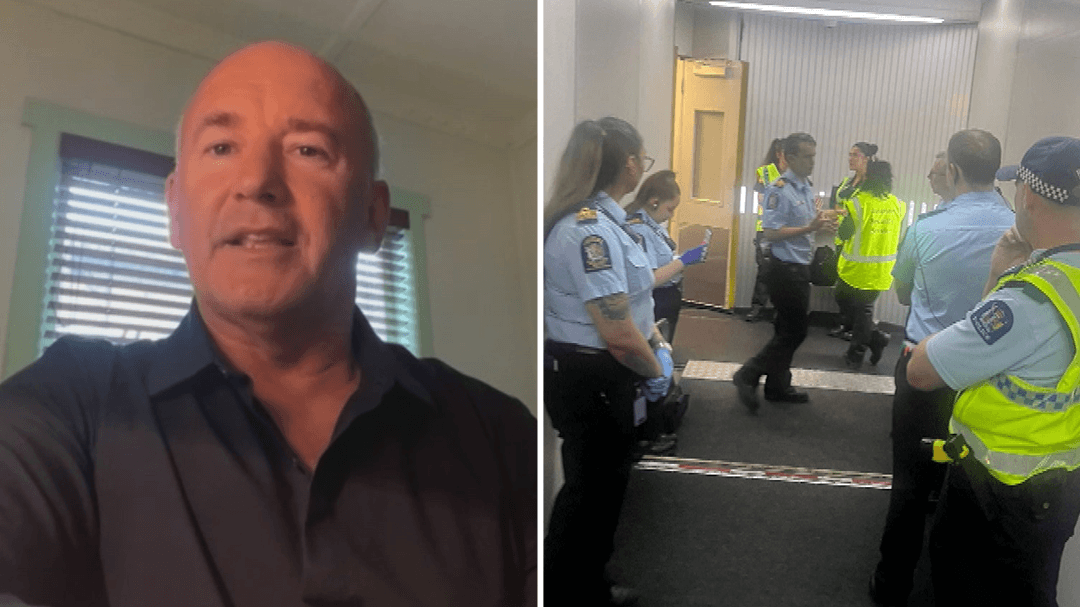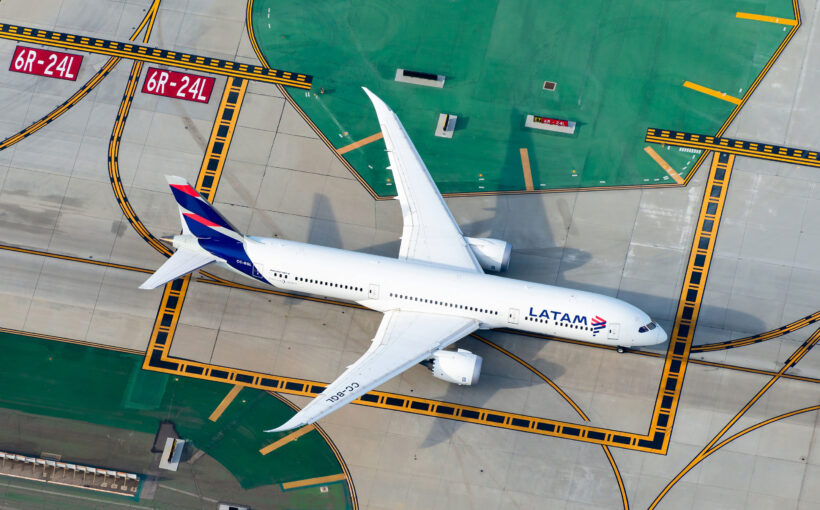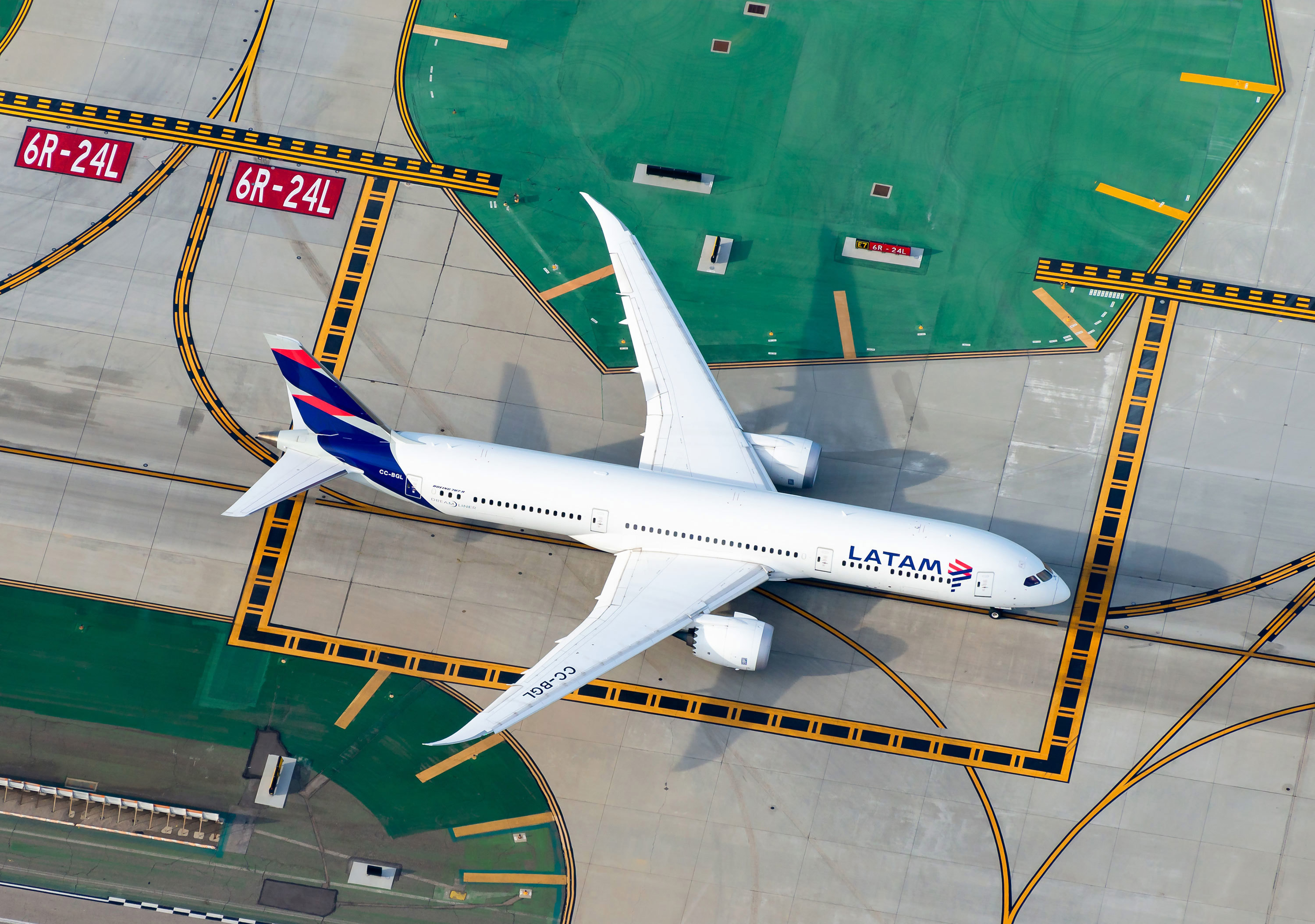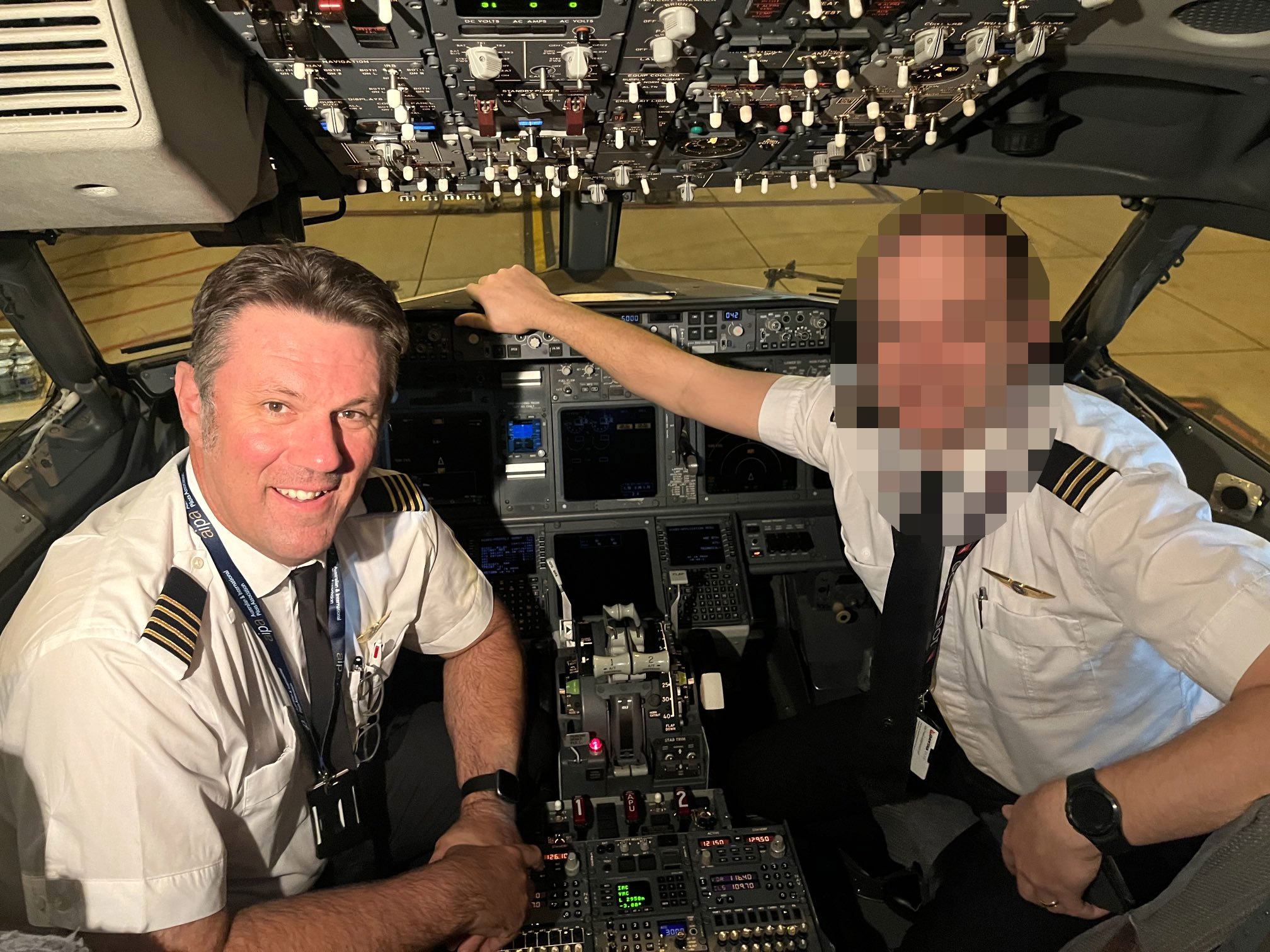The pilots on a terrifying LATAM flight will have encountered a rare aviation phenomenon known as "the startle effect", if claims that screens in the cockpit "cut to black" before the jet plunged violently in mid-air turn out to be true.
A passenger on the Boeing 787-9 Dreamliner said the plane "just dropped out of the sky" as it flew from Sydney to Auckland, causing dozens of injuries in the cabin.
Vice President of the Australian and International Pilots Association Mark Hofmeyer said Boeing must conduct a "deep dive" to find out what went wrong with the Dreamliner or whether it was just a case of the plane hitting severe "clear air turbulence".
READ MORE: How Brisbane's new runway has made life hell for many
Passenger Brian Jokat told Today he spoke with the LATAM pilot after the plane landed at Auckland International Airport and "he basically said to me that his instrument gauges went black for a split second and just cut out".
"And then he said (the instrument panel) kicked in again. And that's when the plane kind of straightened out and continued."
Hofmeyer, a 737 Qantas pilot with more than 20 years' experience, said the 787-9 Dreamliner had "one of the most glass cockpits in the world, in terms of they are all screen".
"I don't know which screen, (if any), went blank," he told 9News.com.au.
"(Depending on) which screen has gone blank will have a different impact on things."
If the instrument panel went dark, even momentarily, Hofmeyer said the LATAM pilots would have experienced a "startle effect", because of the sudden, unexpected situation.
"Obviously, it's something you wouldn't expect," he said.
"Pilots around the world have been trained for that startle effect, in terms of being able to manage their own emotions in that time."
READ MORE: Change in plane cockpits could forever change the way we fly
A spokesperson for the South American airline said the LATAM flight had encountered a "technical problem" that caused "strong movement". The carrier has not provided any more details about the incident.
How pilots respond to the startle effect, which can often occur during a relatively quiet period of flight, is crucial, Hofmeyer said.
"It's staying calm in the moment and then being able to assess the information that is in front of you, and the situation that you're in, and to come up with a course of action to achieve a safe outcome."
Most modern pilots fly their entire careers without ever facing the kind of threatening or unexpected event that causes a startle effect, because planes are now so reliable and pilots and crew so well-trained.
Hofmeyer said he didn't want to speculate if the plane would have likely been in autopilot or under the control of a pilot at that stage of crossing the Tasman.
The Dreamliner, he said, was typical of "highly automated" aircraft now being manufactured, "powered by ones and zeros" and computer systems.
In the absence of evidence, Hofmeyer said it was possible the LATAM jet had simply hit "clear air turbulence", maybe even "coincidentally" at the same time a control panel went blank, as the passenger had claimed.
READ MORE: The $50 billion airline set to shake up global travel

Clear air turbulence, where opposing jet streams moving at speeds of up to 200km/h converge and collide at high altitudes, can cause a plane to drop precipitously.
"It's referred to clear air turbulence because it's not seen. Sometimes it can be forecast. Sometimes it can be more severe than forecast," he said.
"We've all heard the stories of aircraft dropping maybe a couple of hundred feet.
"It's rare, but common enough, I guess, that it's something we all need to be mindful of."
READ MORE: The two spots where experts believe MH370 can be found
Hofmeyer said the LATAM incident shows why it is "imperative" passengers keep their seatbelts on at all times.
After the plane landed in Auckland, 50 passengers were treated by ambulance crews and 13 people are in hospital.






